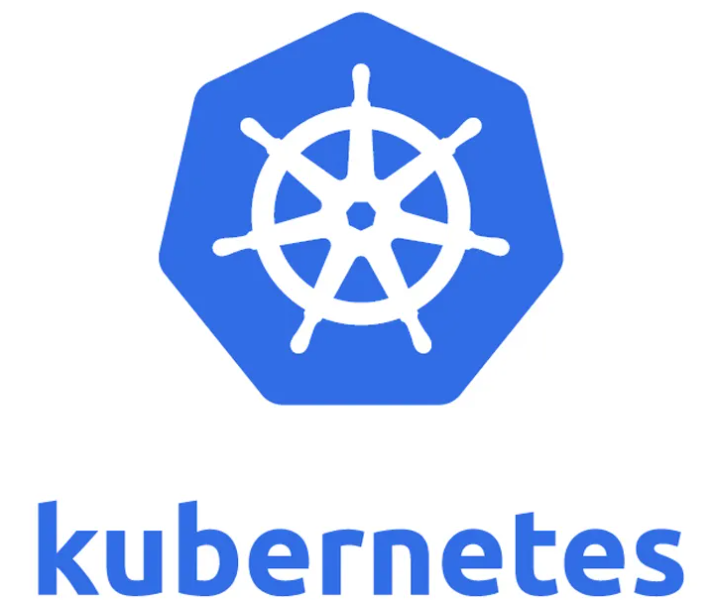Learn more about Rollout and Rollback in Kubernetes from our experts. Our Kubernetes Support team is here to help you with your questions and concerns.
Rollout and Rollback in Kubernetes
Did you know that Rolling updates and Rollbacks are Kubernetes Deployment features?

In fact, they allow us to manage the deployment of new versions of our application and handle issues with ease.
Let’s take a quick look at rolling updates and rollbacks in Deployments.
An Introduction to Rolling Updates
A rolling update can be described as gradually updating the instances of our application while making sure it is available at the same time. Additionally, it follows a phased approach by replacing old instances with new ones one by one as seen here:
- First, we have to make changes to our application, like modifying the container image, updating environment variables, etc.
- Then, we must apply these changes to the Deployment configuration with the kubectl apply command or by updating the YAML file.
- Next, Kubernetes will create new pods with the updated configuration while keeping the old pods running.
- Now, the new pods are gradually rolled out, and Kubernetes will make sure the desired number of replicas is available throughout the process.
- We can control the rolling update with different parameters like maxUnavailable and maxSurge.
- Then, we can use the kubectl rollout status command to monitor the progress of the rolling update.
- Furthermore, we can use the kubectl get pods command to see the status of individual pods.
An Introduction to Rollbacks
In case of any issues or errors occur during a rolling update, we can carry out a rollback to return to the previous stable version of our application.
- We can use the kubectl rollout undo command to trigger the rollback process.
By default, it rolls back to the previous revision, but we can also mention a certain revision with the –to-revision flag.
- Next, we can use the kubectl rollout status command to monitor the progress of the rollback.
- Furthermore, we have to monitor the stability of the application after the rollback to ensure it functions correctly. We can use the kubectl get pods command to check the status of the pods and confirm that they are running without issues.
By using rolling updates and rollbacks in Deployments, we can easily update our application while minimizing downtime and maintaining high availability.
[Need assistance with a different issue? Our team is available 24/7.]
Conclusion
In summary, our Support Techs demonstrated how to use Rollout and Rollback in Kubernetes Deployments.
PREVENT YOUR SERVER FROM CRASHING!
Never again lose customers to poor server speed! Let us help you.
Our server experts will monitor & maintain your server 24/7 so that it remains lightning fast and secure.







0 Comments